What is Marseille famous for ? 20 things to know
What is Marseille famous for ? 20 things to know before going to Marseille.
From the pizza hunt to the order of Pastis, an intelligent guide to discover the second largest city in France and what makes Marseille famous. Why Marseille is worth visiting ?
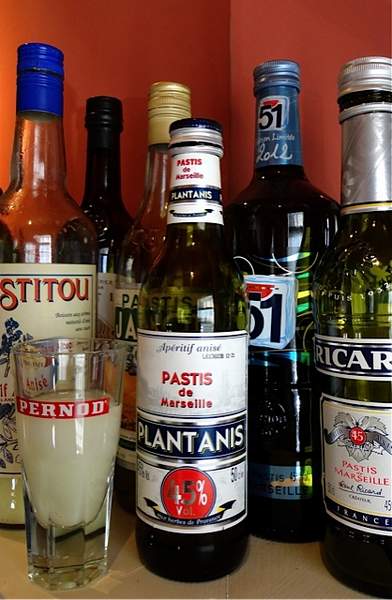
What is Marseille famous for ? 20 things to know
What is Marseille famous for throughout the world and why is it known and famous?
Since its foundation in 600 BC BC – when, according to legend, a sailor marries a local Gauloise, whose father gave him Marseille as a wedding gift – the port of the city has shaped its population. Corsican sailors in the sixteenth century, Italian builders from the mid-eighteenth century, Armenians fleeing the genocide from 1915, Algerians arrived after the independence of 1962, and many more, settled here. All have made Marseilles famous.
Marseille combines the vanity of the big cities and the sociability of the fishing villages. It is a city that locals love, or love to hate, and that foreigners often avoid because of its reputation as a crime. But in recent years, the second largest city in France (by its population) has attracted Parisians in search of more sun and less agitation and travelers looking south of France beyond the brilliant French Riviera.
Yes, gentrification has arrived here too, but fortunately it has not erased the spirit that makes this port city so intriguing. Marseille is not made of monumental curiosities, but simple things: outdoor terraces, art of the street, aperitif of fortune in one of its many small ports with feet in the water.
Once arrived, climb the staircase of the Saint-Charles station, flanked by statues that tell the story of the Marseilles migration. You will understand why local director Robert Guédiguian once said:
“Marseille, it’s not France. Marseille is not Provence. Marseille is the world. “
Robert Guédiguian
1. The weather in Marseille
Check the weather. Here, the wind symbol on your weather app is more than just a breeze. It is a warning against the legendary mistral blowing violent bursts of the north and made Marseille famous. With speeds up to 120 km / h, it cools to the bones in winter and raises dust in summer.
The positive side is that the mistral is the vacuum of Mother Nature – a clear and crystalline sky appears in its wake. Despite the wind, Marseille has hit the jackpot – 300 days of sunshine a year and mild winters that hover in the 50s and 60s. It rarely snows, although rain showers occur in November and February-March.
Unless you insist on taking only the sun, you can enjoy the city all year long. Do not forget that some restaurants and shops close their doors during the winter holidays – or in January if they stayed open – and in August, when the locals escape the sweat of their brow, for days to more than 32 degrees in the mountains.
2. Old Port
Venture beyond the Old Port. Although it is the second most populous city in France, Marseille covers twice the area of Paris – 241 square kilometers against 106 km² in Paris. This urban sprawl is divided into neighborhoods, each with its own personality, which gives the city of 860,000 inhabitants the impression that the 111 local villages describe it as such. So do not stay stuck in the city center of the Old Port.
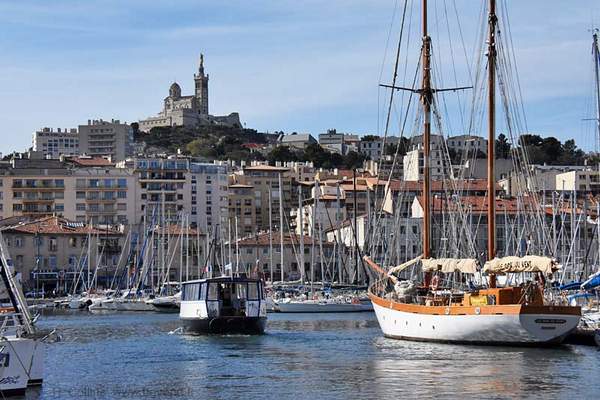
The old port of Marseille is lined with yachts and fishing boats
Spend some time in the Bohemian enclave of Vauban, the hausmannian calm of Longchamp, the rising Chave, and the vibrant scene of the Cours Julien bar. Take your bearings at the Old Port, then start exploring.
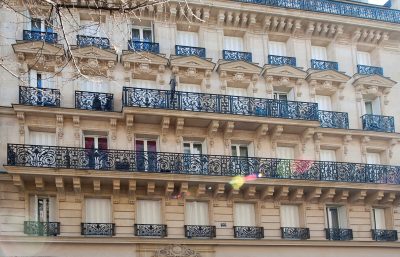
The facade of a historic palace in the Vauban district
3. Its winding streets
Plan on good walking shoes. You will need them to navigate the wobbly sidewalks, scattered hills and stairs that burn thighs all over the city. The best way to discover Marseille is to stroll along the winding streets, observe people and be bombarded by the constant buzz of scooters.
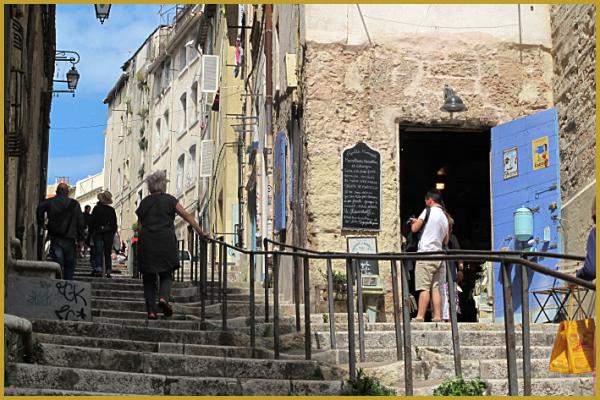
A staircase on the Montée des Accoules in the 2nd arrondissement of Marseille.
4. Marseille Transports
Choose your means of transport. There is a decent public transport system: An extensive bus network, as well as metro and tram lines that run around the city center and run until midnight and a half. Remember that buses are usually late which is part of the reputation of Marseille. You can get real-time updates on the RTM application – and they do not venture far into the 12-16th outlying districts.
To get to the beach, take the 83 bus, try the Vélo bike-sharing system, test the new Lime scooters, or the local favorite wheel set, a scooter. If you need a taxi, go for Uber or the French Heech rather than for taxis, which are often more expensive and ask for cash because their credit card distributors are often broken. It’s their reputation.
5. The Bonne Mère and the fame of Marseille
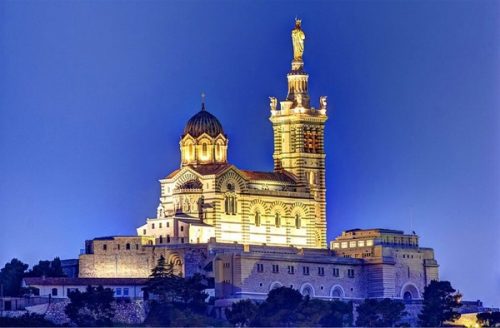
La Bonne Mère
Thank the Good Mother. The most visited monument and highest point in Marseille, the Byzantine Romanesque Notre-Dame de la Garde basilica is surmounted by a 36-foot high beacon visible from all over the city: a statue of the Virgin and Child in gold.
She is known as “The Good Mother” for her unofficial role as guardian of the city. The locals bring her offerings, ex-voto, to thank her for her protection. The Good Mother offers 360-degree views, so visit early in your trip to get an idea of the terrain, but try to avoid the tourist swell of the weekend.
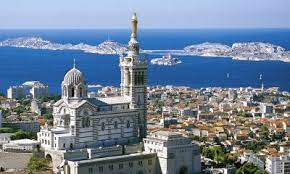
Notre Dame de la Garde, the most visited monument in Marseille
6. PASTIS has made Marseilles famous
Order a Pastis in the right way. The first rule when ordering a pastis: always ask for it by name. To ask only a Pastaga (the local slang for pastis) is like grumbling “beer” for the bartender. The two most common brands of the well-liked aniseed spirit are Ricard, named after the first Marseille company of pastis (1932) and the brand a little more aniseed 51.
It’s a bit confusing, because 51 is the same brand as Ricard, since they merged with Pernod, the creator of the 51, in 1975. Your bar can also pour Casa (aka Casanis) or Cristal Limañana distilled locally. Your little yellow (petit jaune)will arrive with a pitcher of cold water and sometimes ice. Add water until the dark golden liquid becomes pale yellow cloudy; the usual dosage is five parts of water for a portion of Pastis. Pastis has about 45%, so be careful not to drink too fast. Do not hesitate, however, to offer you a second drink.
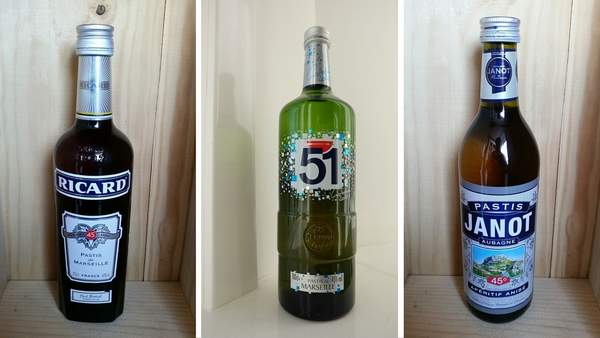
Always ask for a Pastis by its name
7. Pizza
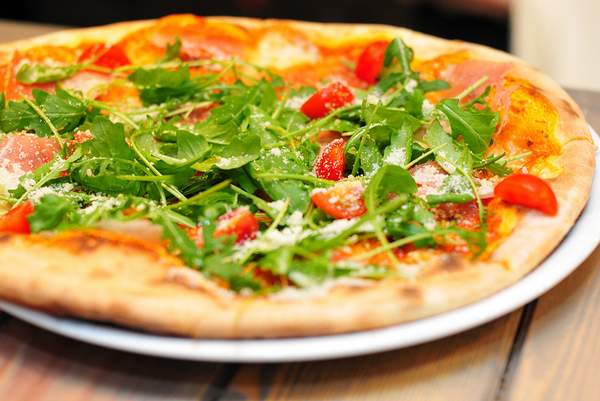
Try a Chez Sauveur pizza, a 65-year-old classic
Look for a pizza. The real Marseille dish is not fished, but cooked in wood. The city is not famous for its Pizza. Pizza has been an integral part of local food since the arrival of Neapolitan immigrants to the city at the turn of the twentieth century, and the city was the site of the first French pizza truck (circa 1962). In this maritime city, classic pizza is accompanied by anchovies.
Or ask for a half-half: anchovies, half cheese – usually Emmental – or ground beef and Armenian onion, a sign of the city’s important Armenian community. Order yours at Chez Sauveur, a classic renowned for 65 years, or at La Bonne Mère, famous for its crust, which is left to rise for 48 hours. For street food, let the popular Charly Pizza cut you a slice or hit one of the food trucks around the stadium or outside the subway stations.
8. Marseille is famous all over the world for its Bouillabaisse
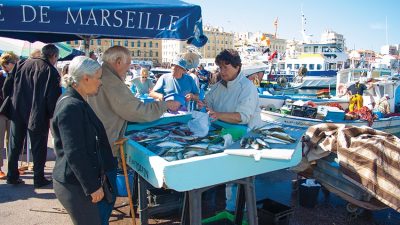
The fish market of the Old Port of Marseille
Go to the bouillabaisse. The famous fish soup of Marseille jumped on the shark. Aggressive marketing has pushed up its cost to 60-100 euros. The high price tag contradicts its roots as the humble stew of fish leftovers and goes against the popular (working class) ethos of the city.
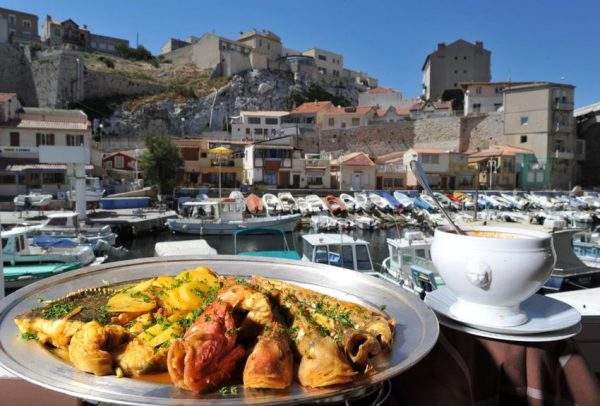
Tasting a Bouillabaisse in Marseille has made Marseille famous
Locals rarely eat or cook bouillabaisse – the traditional version takes more than a day to prepare – for special occasions. What they eat from the sea are grilled and spicy sardines, raw red sea urchins and brackish oysters, and the many species of calamari served in the Provençal sauteed with garlic, parsley and generous glasses of ‘olive oil.
The freshest catch is at La Boîte à Sardine, which gets its supplies every morning from small fishermen. And if you insist on ordering the bouillabaisse, I suggest you do it with Chez Michel, who uses fresh fish (presented in advance) and where it costs on average 75 euros.
9. The Noailles district
Dinner at Noailles. The Tunisian leblebi Chez Yassine, the Lebanese cedar pita, the burlap spice sacks at Saladin, and the Algerian bradj stuffed with dates at the street stand in front of Saladin. Roasted chickens and steaming paella perfume the streets, including rue d’Aubagne and rue du Longue des Capucins. Plan supplies for a picnic or to eat while you walk in the crowd.
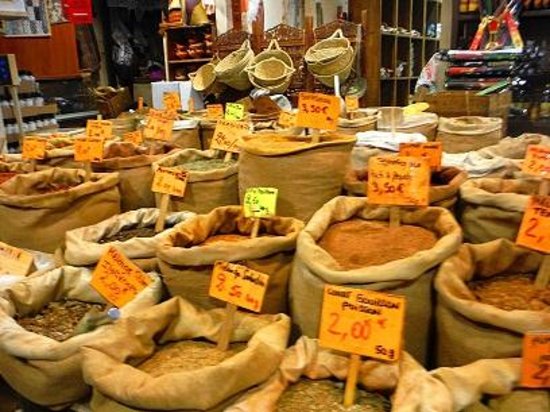
Noailles spices market
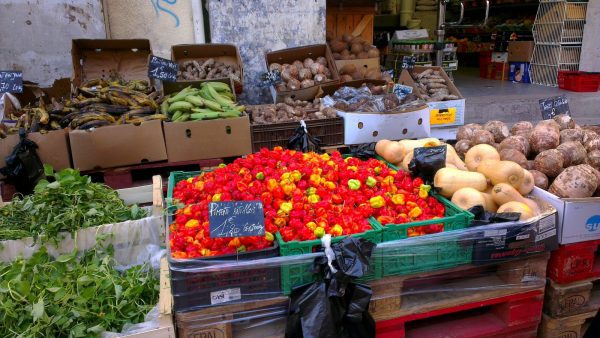
Fruit and vegetable market rue Halle Delacroix in the heart of Noailles has made Marseille famous
10. Doing one’s market
Do your shopping as in 1827. The oldest hardware store in France, the Maison Empereur, has two centuries of heritage goods that overflow its rays.
Think about Opinel knives, blue laboureur cotton jackets and La Boule Bleu petanque balls. Ali Baba’s cave has been filled with customers since Laurence Renaux, 7th generation owner, has grown to an impressive 50,000 pieces. But you will still see carpenters dressed in work clothes picking up the door hinges in the hardware-hardware store. Continue your shopping to Père Blaize, the herbalist who has been treating Marseillais with teas and tinctures since 1815, at the corner of the street.
11. Fort Saint Jean
Walk to Fort Saint-Jean …. At first sight, this fortress of the seventeenth century seems to protect Marseille, flanking the edge of the Old Port alongside Fort Saint-Nicolas. Take a closer look.
The canons show the city with a finger, not from the outside, so that Louis XIV can protect his regime from local uprisings – one of the many gashes in the history of Marseille (see: Resistance to the Second World War) that embodies the rebel spirit of the city. The fort was once the last stop of recruits from the French Foreign Legion en route to basic training in Algeria.
Today, Fort Saint-Jean invites visitors to stroll through its vaulted alleyways, climb a giant turret tower and stroll through the Garden of Migrations. In this 9,300 m² allegorical garden, each plant represents the agricultural, industrial and religious history of Marseille, as well as the cannabis hemp Sativa plants used for making nautical ropes, hence the name of the street Canebière. main city.
12. Architecture
… and then rely on Arabic architecture. Compared to the ancient stone walls of the fort, the concrete cube, the Mucem (Museum of European and Mediterranean Civilizations) seems futuristic. Yet the architect of Algerian and Provençal origin Rudy Ricciotti was strongly influenced by the ancient Arabic design. The terraced walkways are reminiscent of a Mesopotamian ziggurat.
The outer lattice evokes a mashrabiya, its ornamental pattern serving as both screen and filter to let in light. For the best view, approach Mucem from the lean pedestrian walkway at Fort Saint-Jean. You will arrive at the roof terrace which has sun loungers for a short break. Schedule of your visit in the afternoon or at the golden hour, when the sunlight is at its most dazzling. Note: the visit of the outside of Mucem is free – the entrance fee is for exhibitions.
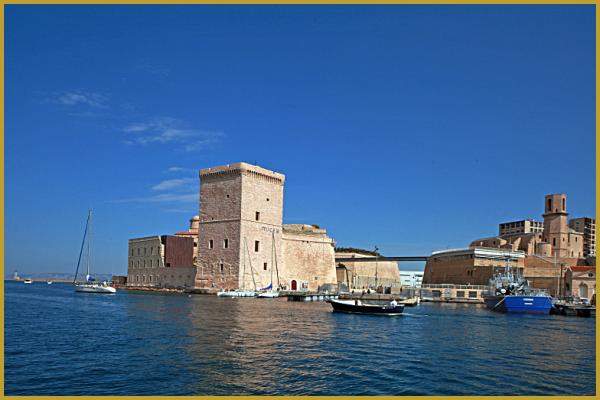
The fort Saint-Jean of the seventeenth century, at the entrance of the old port of Marseille
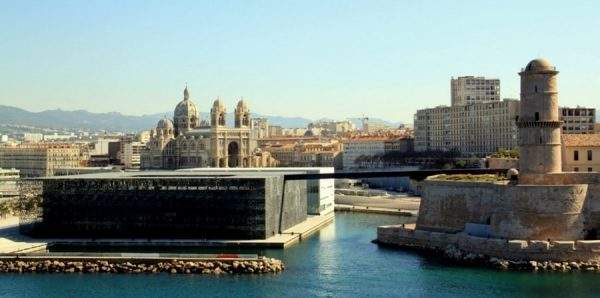
On the other side of a pedestrian footbridge from Fort Saint-Jean, the Museum of European and Mediterranean Civilizations is the first national museum located outside Paris
13. The beaches
Go to the beach. The beaches along the Marseille coast are very varied, from rocky coves to sandy stretches. Just below the chic Petit Nice hotel, the flat rocks of Anse de la Fausse Monnaie are perfect for making pancakes and watching the catapult of divers at Corniche Kennedy. Just north, find the curved inlet of Anse de Maldormé, a pebble beach perfect for a quick swim.
Only 15 minutes walk from the Old Port, the Catalan Beach is the closest to the city, which means you’ll be crammed like sardines on the sandy beach. Prepare a picnic with rosé, fries, olives and cold cuts to admire the Mediterranean sunsets. Avoid bathing the day after heavy rains, when overflowing sewers spill pollution into the sea.
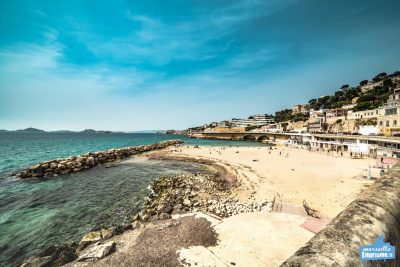
People sunbathe and swim on Prophete Beach on Corniche Kennedy
14. The Hammam
Go wash your hands. Visit a traditional hammam bathroom that is both soothing and social. I like Hammam Rafik and Hammam Djerba in Noailles. Neophytes must reserve an exfoliating scrub. It’s a matter of strength – think of the sandpaper that smoothes the raw wood – but as my scrubber says, “keeping it beautiful can hurt.” You can also do it yourself by fetching oily black soap and a washcloth from Jiji de Palme d’Or. Note that the opening hours of the hammams are separate for men and women, ladies often going during the day.
15. The aperitif essential moment in Marseille
Enjoy one hour (s) of aperitif. Aperitif is an integral part of everyday life in Marseille. Like happy hour, the aperitif takes place after work or before sunset, but it often spreads into the night. It contributes to the renown of Marseille.
To sip, there is of course rosé. It is, surprisingly, perfectly acceptable to add an ice cube or two to cool or dilute a bottle of wine. There’s always food – you’re in France, after all – whether it’s a simple plate of olives or a full spread of panisses (local chickpea donuts), cold cuts and crostini with tapenade.
Perch yourself at the seaside at the Bistro Plage, admire the sunset at the Café de l’Abbaye, enjoy free snacks at La Caravelle, or bring your own aperitif to the Vallon des Auffes for a waterfront version. The aperitif is not only for the summer: The terraces of the cafes of Marseille are also full to crack in winter.
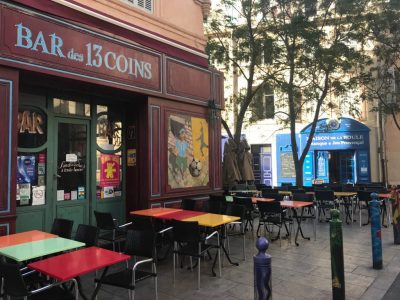
Bar des 13 coins cours Julien Marseille
16. OM
A good point for the local Football team. In Marseille, “OM” is not a meditative buzz but a furious scream, shouted during games and tagged on the walls of the city. Marseille is also known for its football club. OM is Olympique de Marseille, the football club we worship here.
Even President Emmanuel Macron is a fan. Celebrate OM alongside 66,000 fans in the Vélodrome Orange spacecraft from August to May. Try to find a place behind the goals and in addition to ultras, fanatical fan clubs, which do not jump is not not Marseille and against the players (wets the shirt or break), who spend all the match standing on their seat to sing. You can not go to a match? Enter the fan-bars The Fair Play or Bar de la Plaine. Score extra points with the locals for wearing blue sky.
17. RoofTops
Head to the roofs. Rooftop parties are important here. Find the largest at the panoramic terrace of 8000 m² of the Friche Belle de Mai. This former tobacco factory features an open-air cinema and DJ dance nights. If you are in a more discreet mood, the Hermes Hotel bar offers a view of the Old Port in a more intimate setting. Thursday is the most popular party night, but late summer sunsets (10pm) make every summer night a good time to party.
18. Northern Neighborhoods
Explore the North Quarters. The North Quarters is where most people will tell you not to go because of its reputation as a crime, but do not let that deter you from venturing into the northern neighborhoods of Marseille.
Be aware of your surroundings as you would in any other city. With more than a third of the city’s population and a rich industrial and agricultural history – which houses the marvel of engineering of the nineteenth century, the Canal de Marseille – the northern neighborhoods are worth exploring.
Navigating the Northern Neighborhoods can be difficult because they are so vast and poorly served by public transportation. Your best option is to contact the Hotel du Nord or Marseille Provence Greeters, cooperatives of local guides eager to share their knowledge.
Or, visit the soap maker, Serail, during one of their factory tours on Friday afternoon. The Arts Center of Cité des Arts Street has a farmer’s market and organizes visits to the cascades of the Cascade of Aygalades the first Sunday of each month.
19. The creeks are known all over the world
Visit or climb the Calanques. Southern version of the Norwegian fjords, the Calanques are vertiginous limestone cliffs that flow into the sea. Most of this newly created national park is accessible only by boat or on foot, and many hikes are closed in July-September during the forest fire season.
Choose your own adventure in the Calanques: prepare a picnic and take the bus 21 towards Luminy for a 45-minute hike to Sugiton’s Calanque; book a local skipper to take you to their favorite turquoise coves with the boats’ AirBnb, Click & Boat; Or take a one-hour stroll at the family-friendly Chez le Belge restaurant, but beware, this traditional cabana (“cabin”) does not have electricity, so bring your cash. Or my favorite Le Château in the cove of Sormiou and his famous Zarzuella.
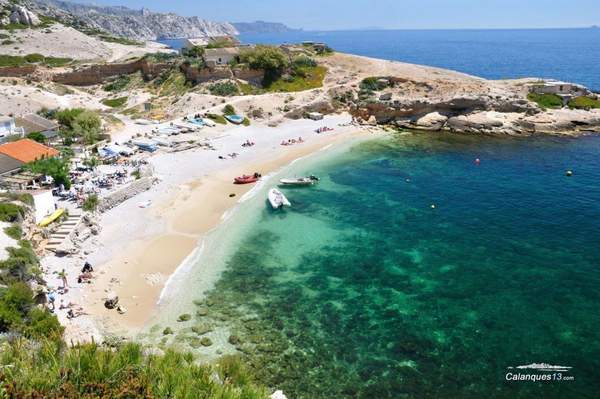
The Marseilleveyres Calanque, one of the rocky coves east of Marseille
20. Marseille soap has made its reputation
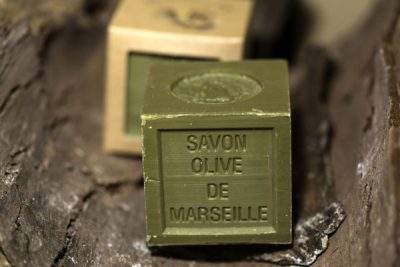
Marseille Soap Marseille mild soap is ideal for the skin as well as for washing clothes
Marseille soap is known around the world. Marseille Soap is a traditional hard soap based on vegetable oils, produced around Marseille, France, for about 600 years.
Traditionally, soap is made by mixing seawater from the Mediterranean Sea, olive oil and alkaline ash from marine plants in a large cauldron. It is a natural and ecological product.
21. Marseille time
Take your time. In Marseilles, the fifteen minutes Marseilles made the fame of Marseilles. It means that “being on time” is 15 to 30 minutes late. Strikes and delays in public transport may occur. Enjoy a quiet pace. Do not forget that many shops and restaurants are closed on Sundays.
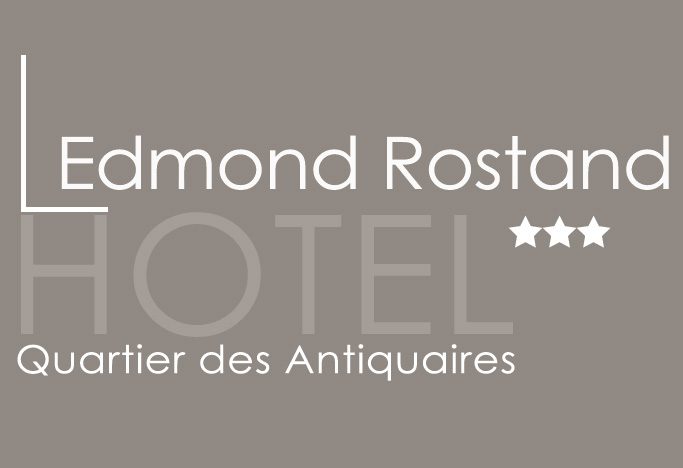
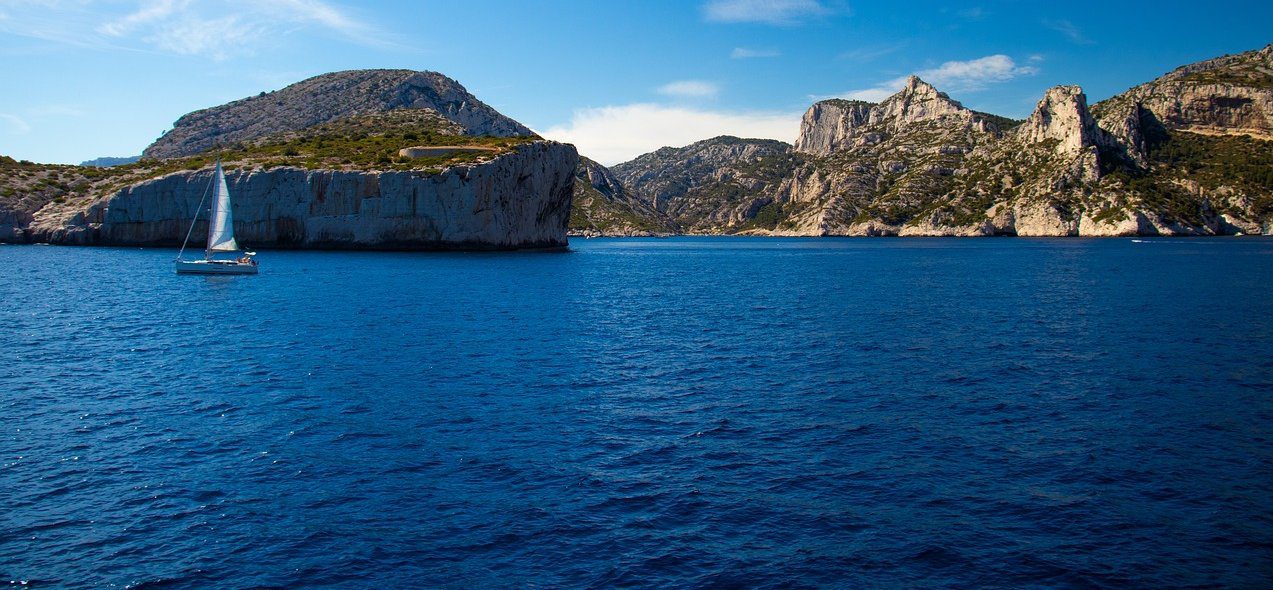
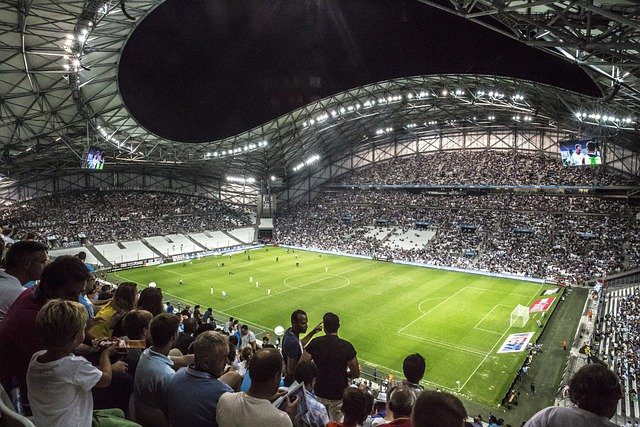
0 Comments